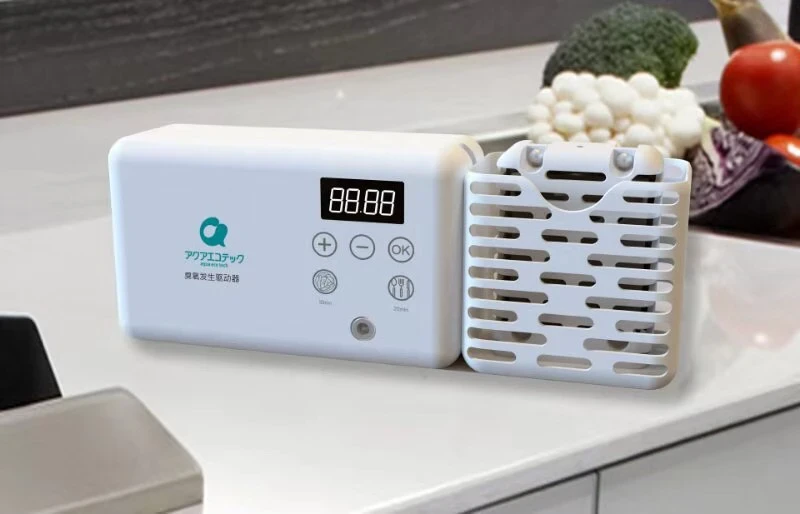Email format error
Email cannot be empty
Email already exists
6-20 characters(letters plus numbers only)
The password is inconsistent
Email format error
Email cannot be empty
Email does not exist
6-20 characters(letters plus numbers only)
The password is inconsistent


Negative Ion Generator vs Ozone Generator: A Comparative Analysis
In today's world, where pollution levels are on the rise, air quality has become a major concern. To combat this issue, various air purification technologies have been developed, such as negative ion generators and ozone generators. While both these devices aim to improve indoor air quality, they work on different principles and have distinct advantages and disadvantages. In this blog post, we will delve deeper into the differences between negative ion generators and ozone generators, helping you make an informed choice for your home or office.
Negative Ion Generators
Negative ion generators, also known as ionizers, work by releasing negatively charged ions into the air. These ions bind to airborne pollutants, such as dust, pollen, and smoke particles, causing them to become heavy and fall to the ground. This process, known as ionization, effectively reduces the number of airborne contaminants, leading to cleaner and healthier air.
Advantages of Negative Ion Generators
1. Air purification without harmful byproducts: Since negative ion generators operate by simply releasing ions into the air, they do not produce any harmful byproducts. This makes them a safe and eco-friendly choice for improving indoor air quality.
2. Allergen reduction: Negative ions also have the ability to neutralize allergens, such as pet dander and mold spores, by attaching to them and making them too heavy to remain airborne. This can provide relief for individuals suffering from allergies or asthma.
Disadvantages of Negative Ion Generators
1. Limited range: Negative ions have a short lifespan and tend to settle close to the ionizer. This means that the air purification effect is localized and may not effectively reach all areas of a large room or open space.
2. No odor or germ elimination: While negative ion generators can effectively remove airborne particles, they do not have the capability to eliminate odors or kill germs. Therefore, if odor or germ control is a concern, additional air purification methods may be required.
Ozone Generators
Unlike negative ion generators, ozone generators produce ozone gas, which is a highly reactive form of oxygen. Ozone works as a powerful oxidizer, breaking down airborne pollutants, odors, and germs upon contact.
Advantages of Ozone Generators
1. Broad coverage: Ozone gas is highly reactive and can travel through the air, reaching all corners of a room or space. This makes ozone generators more effective at purifying large areas.
2. Odor elimination: Unlike negative ions, ozone gas has the ability to eliminate odors. It can neutralize and remove unpleasant smells from cooking, pets, and cigarette smoke, leaving the air fresh and clean.
Disadvantages of Ozone Generators
1. Harmful effects on humans and pets: While ozone can be beneficial in controlled amounts, high levels of ozone can be harmful to humans and pets. Prolonged exposure to ozone can irritate the respiratory system, leading to coughing, chest pain, and shortness of breath. It is important to use ozone generators with caution and follow the recommended guidelines.
2. Ineffective against particulate matter: Ozone generators are not designed to remove particulate matter, such as dust or pollen, from the air. Therefore, if particle removal is a priority, additional air purification methods, such as using a HEPA filter, may be necessary.
Conclusion
In summary, both negative ion generators and ozone generators have their own advantages and disadvantages when it comes to improving indoor air quality. Negative ion generators excel at reducing allergens and are safe to use, while ozone generators have a broader coverage and eliminate odors. However, ozone generators can pose health risks if not used properly. Ultimately, the choice between these two technologies depends on individual needs and concerns. It is important to carefully consider the pros and cons before making a decision to ensure the optimal air purification solution for your home or office.


